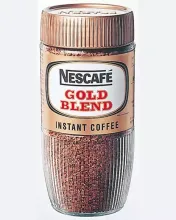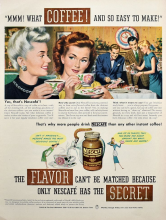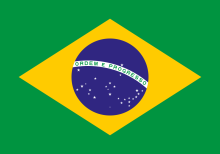By the time the U.S. entered World War II in 1941, Nescafé was already in the emergency rations of every departing U.S. soldier , so the hundreds of thousands of American soldiers who occupied Japan from 1945-1952 would have been familiar with it and likely brought it with them.
However, coffee didn't immediately become popular in Japan. During World War II, the Japanese government established a ban on coffee imports that lasted until 1950 , which limited its availability during the early occupation period.




